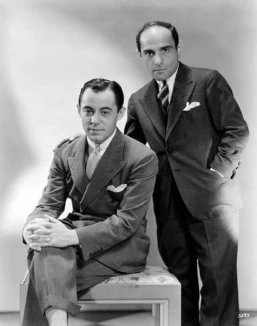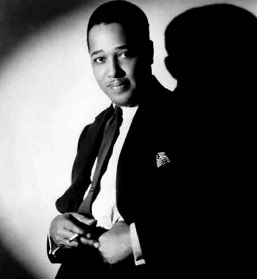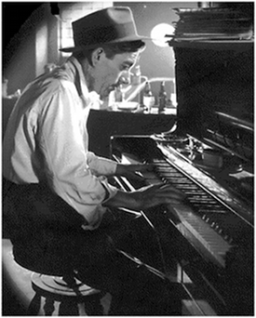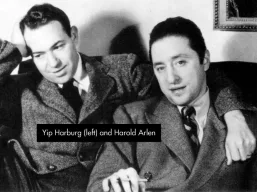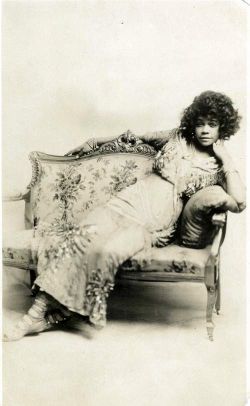Motown: Holland–Dozier–Holland: selected songs, 1964
__________________________________
See also:
- Motown: Holland–Dozier–Holland index: selected songs, 1963-1966
- Motown: Holland-Dozier-Holland: selected songs, 1963
- “Baby Love” and The Supremes in Amsterdam and London, October 1964
- Motown: Holland-Dozier-Holland: selected songs, 1965
- Motown: Holland-Dozier-Holland: selected songs, 1966
- Motown artist slide show and gallery, 1960-1966
__________________________________
All featured songs were written by Brian Holland, Lamont Dozier, and Edward Holland, Jr. (Holland–Dozier–Holland), with lyrics by Edward (Eddie) Holland, Jr. All recordings featured in the page were produced by Brian Holland and Lamont Dozier.
In My Lonely Room
Martha and the Vandellas — Gordy label single G – 7031, b/w A Tear For the Girl (Eddie Holland) released 23 March 1964. Peak chart positions: #6 R&B, #44 Hot 100 (pop).
Instrumentation by The Funk Brothers:
Richard “Pistol” Allen: drums
Jack Ashford: vibes
Henry Cosby: tenor saxophone
James Jamerson: bass guitar
Robert White: guitar
Eddie Willis: guitar
Earl Van Dyke: piano
.
Where Did Our Love Go
The Supremes — issued on 17 June 1964 on the single Motown M-1060 b/w “He Means the World to Me” (Norman Whitfield) — Chart success: #1 Hot 100, #1 Cash Box pop singles, #1 Cash Box R&B singles
Wikipedia excerpts:
“Where Did Our Love Go” was the first single by the Supremes to go to the number-one position[1] on the Billboard Hot 100 pop singles chart in the United States, a position it held for two weeks, from August 16 to August 29, 1964.[2][3] The song also reached number-one on the Cash Box R&B singles chart.[4]
“Where Did Our Love Go” was released as a single on June 17, 1964, and entered the Hot 100 at number seventy-seven. Six weeks later, while the Supremes were on tour as part of Dick Clark’s “American Bandstand Caravan of Stars“, the song made it to number one[1] for two weeks. The girls began the tour at the bottom of the bill; by the conclusion of the tour, they were at the top. They performed the song on the NBC variety program, Hullabaloo on Tuesday, January 26, 1965.[7]
____________________________
(below) live performance, featuring a screaming audience, at The T.A.M.I. Show, which was recorded at the Santa Monica Civic Auditorium on 28 and 29 October 1964
.
The Steve Allen Playhouse, Season 2, Episode 229 — taped: 24 September 1964; airdate: 7 October 1964
According to the book The Supremes: A Saga of Motown Dreams, Success, and Betrayal, by Mark Ribowsky (2009 edition), p. 178, this was the first national television exposure for the Supremes.
.
(below) The Supremes risk life and limb dancing in stop and go traffic on the Avenue des Champs-Élysées in Paris as they lip sync to “Where Did Our Love Go.” Diana Ross is very nearly struck in the right leg by a vehicle at 1:16. Toward the end of the clip a policeman instructs them to get off the street, finally pushing Mary Wilson by the shoulder, forcing her over the curb and into a pedestrian area, before grabbing her arm as if to arrest her.
.
Baby Don’t You Do It
Marvin Gaye — issued 2 September 1964 on the single Tamla 54101, b/w “Walk On the Wild Side” (David Bernstein). It featured, for the first time on a Marvin Gaye record, back vocals by Motown’s prolific female session vocal group, The Andantes. Charts: #27 Hot 100 and Cash Box Top 100 (pop) singles, #14 Cash Box R&B singles.*
.
Baby I Need Your Loving
The Four Tops — Motown single M-1062, b/w Call On Me (Holland–Dozier–Holland), recorded on 8 July 1964 at Hitsville U.S.A. (Studio A), and released 10 Jul 1964; chart success: #11, Billboard Hot 100
- Vocals by Levi Stubbs (lead), Renaldo “Obie” Benson, Lawrence Payton, Abdul “Duke” Fakir and The Andantes: Jackie Hicks, Marlene Barrow, and Louvain Demps
- Instrumentation by The Funk Brothers and the Detroit Symphony Orchestra (strings)
.
Baby Love — The Supremes
“Baby Love” was originally released on the album Where Did Our Love Go, on 31 August 1964. On 17 September 1964, the single Motown M-1066* b/w “Ask Any Girl” (Holland–Dozier–Holland) was issued. It became the second of five consecutive #1 Billboard Hot 100 singles by the Supremes, holding the top spot for four weeks, 25 October – 21 November 1964. “Baby Love” also topped the (US) Cash Box and Pop and R&B single charts**, and the UK pop chart. It was the first #1 hit in the UK by a Motown artist.
See also our special feature page:
Wikipedia excerpt:
“Baby Love” was produced to sound elementarily like Where Did Our Love Go; elements such as Diana Ross’ cooing lead vocal, Florence Ballard and Mary Wilson’s “baby-baby” backup, The Funk Brothers’ instrumental track, and teenager Mike Valvano’s footstomping were reincorporated into the single. Further, both Ballard and Wilson had brief solo ad-libs towards the end of the song on the released version (after this release Ross would be the only member to have any solos on the 1960s singles). The group made their debut television performance in the United Kingdom on the popular BBC program Top of the Pops on Thursday, October 15, 1964.[7]
Live performance filmed at Koninklijk Theater Carré in Amsterdam, Netherlands, 14 October 1964, featuring three songs:
- Baby Love –first of twelve #1 Billboard Hot 100 hits by the Supremes; first Motown UK #1 hit
- When the Lovelight Starts Shining Through His Eyes — first Supremes top 40 Hot 100 hit (#23), and first R&B top 10 hit (#2) for the group
- Let Me Go the Right Way — second Supremes recording to make the Billboard Hot 100 (#95); first R&B top 40 hit (#26)
.
(below) Top of the Pops, airdate: 15 October 1964
.
(below) live performance at The T.A.M.I. Show, which was recorded at the Santa Monica Civic Auditorium on 28 and 29 October 1964
.
(below) colorized?
.
(below) From Shivaree, season 1, episode #7, airdate: 13 March 1965
.
Come See About Me
The Supremes — Originally released on the LP Where Did Our Love Go, 31 August 1964. The single Motown 1068 b/w Always In My Heart (Holland–Dozier–Holland) was released on 27 October 1964. Come See About Me topped the Billboard Hot 100 singles chart for two separate weeks, in December 1964 and January 1965. It was also #1 on the Cash Box pop singles chart, and a #3 Cash Box R&B single.
.
Ed Sullivan Show, Season 17, Episode 14: airdate: 27 December 1964
.
How Sweet It Is (To Be Loved By You)
Marvin Gaye — Tamla single T-54107 b/w Forever (Holland–Dozier–Holland)
Wikipedia says,
It was originally recorded by American soul singer Marvin Gaye and became one of his most popular songs. Gaye peaked at #6 on the Billboard Hot 100 pop singles chart with the song in January 1965, and #3 on Billboard’s R&B Singles chart [1] making it Gaye’s most successful single to that point with record sales well over 900,000 copies.
The most successful cover of the song was by James Taylor, whose version in mid-1975 reached number one on the Easy Listening chart and number five on Billboard Hot 100.[2] On this version, Carly Simon performed harmony vocals and David Sanborn played saxophone.
live, 1965
____________________________
*Motown M-1066 was also issued in various pressings with the catalog numbers Motown 1066 and MOTOWN 1066.
**From the Wikipedia article on the history of Billboard R&B charts:
From November 30, 1963, to January 23, 1965, there was no Billboard R&B singles charts [sic]. The chart was discontinued in late 1963 when Billboard determined it unnecessary because that there was so much crossover of titles between the R&B and pop charts in the light of the rise of Motown.[2] The chart was reinstated in early 1965 when differences in musical tastes of the two audiences [R&B and pop], caused in part by the British Invasion in 1964, were deemed sufficient to revive it.
























